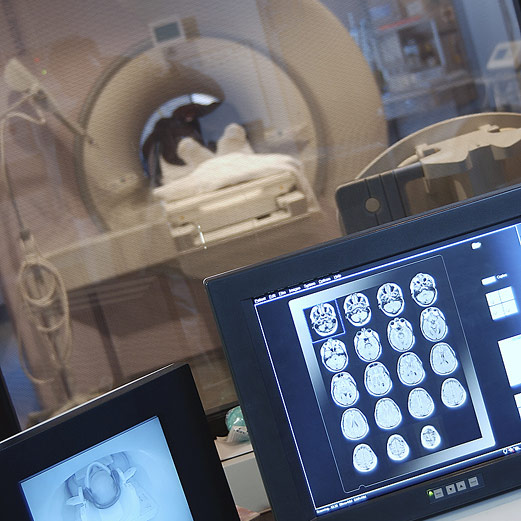Here are some of the latest health and medical news developments, compiled by the editors of HealthDay:
Millions of U.S. Hospitalizations Preventable: Report
Nearly four million of the 40 million hospitalizations in the United States in 2008 were potentially avoidable, says a federal government report released Wednesday.
Appropriate outpatient care could have prevented these hospitalizations of patients with conditions such as diabetes, dehydration, and certain heart conditions and infections, according to the latest News and Numbers from the Agency for Healthcare Research and Quality.
The analysis of data in the 2008 Nationwide Inpatient Sample also found that preventable admissions were nearly twice as common in rural hospitals (16 percent) as in urban hospitals (9 percent).
Among the other findings about potentially preventable hospital admissions:
- Rates were nearly one-third higher among people from lower-income communities (12 percent) than among those from higher-income communities (8 percent).
- Rates were lowest in the West (8 percent) and highest in the South (11 percent).
- Patients 65 and older accounted for 60 percent of such cases.
—–
Happy Meals Banned in San Francisco
Most McDonald’s Happy Meals will be banned in San Francisco after the city’s board of supervisors passed a measure that forbids restaurants from offering a free toy with meals that contain high levels of calories, fat and sugar.
The measure, scheduled to take effect in December 2011, is the first of its kind to be approved by a major U.S. city, the Los Angeles Times reported.
Restaurants will only be allowed to include a toy with a meal if the food and drink combined contain less than 600 calories, and if less than 35 percent of the calories come from fat.
In addition, all meals for children that come with toys will have to include fruits and vegetables, the Times reported.
The ban is an important move to fight childhood obesity and related illnesses such as diabetes and heart problems, said Supervisor Eric Mar, who sponsored the measure.
McDonald’s spokeswoman Danya Proud told the Times the company is “extremely disappointed” with the decision.
—–
Unique Gene Mutations Might Shield Rocker Ozzy Osbourne
The fact that heavy metal rocker Ozzy Osbourne is still alive after a lifetime of serious partying may be due the fact he is a genetic mutant.
Genome sequencing of the 61-year-old former lead singer of Black Sabbath revealed several gene variants that “we’ve never seen before,” said geneticist Nathaniel Pearson, ABC News reported.
Some of those variants could affect how Osbourne’s body absorbs methamphetamines and other recreational drugs.
The results of the sequencing, conducted by Massachusetts-based genomics company Knome, Inc., were discussed last Friday at the TEDMED conference in San Francisco.
“I’ve always said that at the end of the world there will be roaches, Ozzy and Keith Richards,” Ozzy’s wife Sharon Osbourne said at the conference, ABC News reported. “He’s going to outlive us all. That fascinated me — how his body can endure so much.”
—–
Retinal Chip for Blind Shows Promise: Study
A experimental chip that’s implanted behind the retina shows promise in enabling blind people to identify objects, German scientists say.
Initial tests of the sub-retinal chip found that it helped the majority of the 11 people who received it. One man with an inherited form of blindness was able to identify letters and a clock face, BBC News reported.
The chip works by converting light that enters the eye into electrical impulses and sending them to the optic nerve. The chip is linked to an external power source.
The research, which appears in the journal Proceedings of the Royal Society B, was greeted with cautious optimism.
“It’s really fascinating work, but it doesn’t restore vision. It rather gives people signals which help them to interpret,” David Head, of the British Retinitis Pigmentosa Society, told BBC News.
U.S. scientists have developed a chip that sits on top of the retina, but requires patients to use a camera attached to a pair of glasses.
—–

